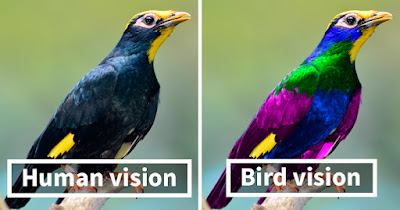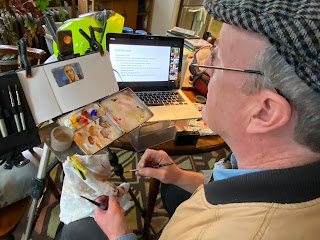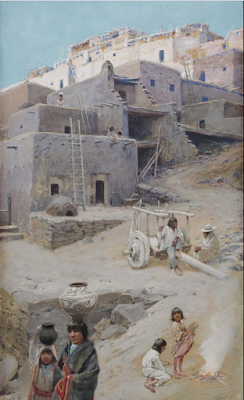As I sketch in ballpoint pen, pencil, gray marker, and calligraphy pen, I ask myself: Why am I attracted to things that are broken, damaged, abandoned, and decayed?
I suppose it's because all broken things tell a story.
In this case, the van was too damaged to fix, so they left it behind the gas station. The van once belonged to the "Villa Florist," according to the name painted in Copperplate letters on the side. Was it driving out to deliver a bouquet when the accident happened? What did it run into, or what ran into it? Whatever collided with seems to have been lifted up during the impact because the gash starts low and goes high in the middle. Whose fault was it? Did the driver lose his or her job?






















































